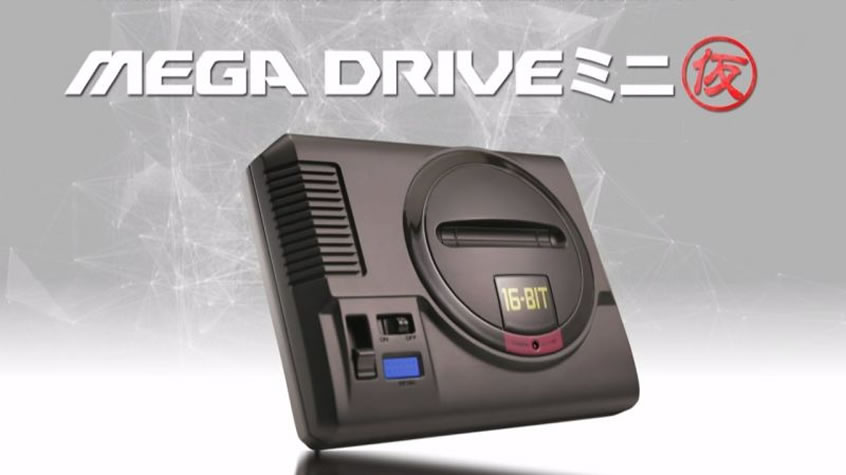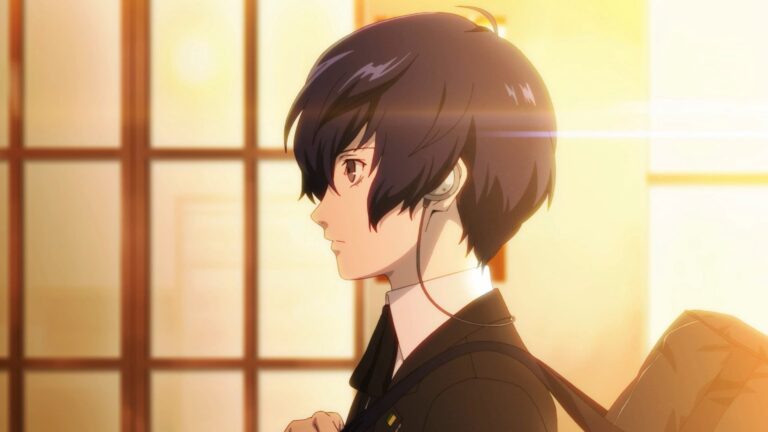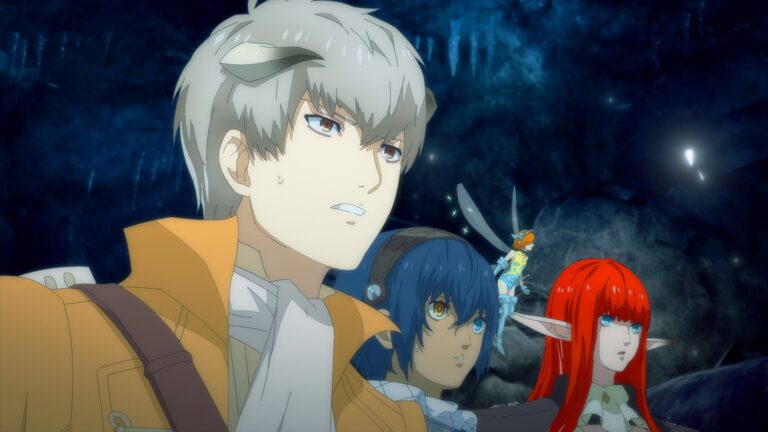Sega Announces a Mega Drive Mini Console
It was announced today during the SEGA FES 2018 stream, a mini version of the Mega Drive that will be released in Japan later this year under the name of Mega Drive Mini. SEGA just showed during the steam the actual model of the console, so details are scarce as to what kind of hardware or software will have. At least we know the actual size as showed by the company.
According to Kotaku:
No word on games yet, or when this Mega Drive Mini might make it over to Western shores. Right now, it’s just set for Japan sometime later this year.
Sega already dipped its toes in the water with the AtGames Sega Genesis Flashback HD last year, which turned out to be a little more disappointing than Nintendo’s Classic lineup. While the updated version addressed the major issues, it still wasn’t quite there yet. [Update 11:54 a.m.: AtGames has said via Facebook that the Mega Drive Mini will be “powered by the latest AtGames technology.”]
If you can’t stand waiting that long to play some Sega classics, don’t worry—the company also announced a number of Sega classics would be coming to the Nintendo Switch under the Ages label, including Sonic The Hedgehog, Phantasy Star, and Thunder Force 4.
“About the Sega Mega Drive
The Sega Genesis, known as the Mega Drive in regions outside of North America, is a 16-bit home video game console developed and sold by Sega. The Genesis was Sega’s third console and the successor to the Master System. Sega released the console as the Mega Drive in Japan in 1988, followed by North America as the Genesis in 1989. In 1990, the console was distributed as the Mega Drive by Virgin Mastertronic in Europe, Ozisoft in Australasia, and Tectoy in Brazil. In South Korea, the systems were distributed by Samsung as the Super Gam*Boy and later the Super Aladdin Boy.
Designed by an R&D team supervised by Hideki Sato and Masami Ishikawa, the hardware was adapted from Sega’s System 16 arcade board, centered on a Motorola 68000 processor as a primary CPU and a Zilog Z80 as a secondary processor. The system supports a library of more than 900 games created by Sega and a wide array of third-party publishers and delivered on ROM-based cartridges. The Genesis has benefited from several peripherals and network services, including a Power Base Converter to play Master System games, as well as multiple first- and third-party variations that extend its functionality.
In Japan, the Mega Drive did not fare well against its two main competitors, Nintendo’s Super Famicom and NEC’s PC Engine, but it achieved considerable success in North America, Brazil and Europe. Contributing to its success were its library of arcade game ports, the popularity of Sega’s Sonic the Hedgehog series, several popular sports franchises, and aggressive youth marketing that positioned the system as the cool console for adolescents. The release of the Super Nintendo Entertainment System two years after the Genesis resulted in a fierce battle for market share in the United States and Europe that has often been termed as a “console war” by journalists and historians. As this contest drew increasing attention to the video game industry among the general public, the Genesis and several of its highest-profile games attracted significant legal scrutiny on matters involving reverse engineering and video game violence. Controversy surrounding violent games such as Night Trap and Mortal Kombat led Sega to create the Videogame Rating Council, a predecessor to the Entertainment Software Rating Board.”
For more information on the SEGA Mega Drive Mini, visit its official Japanese website.
No related posts.






